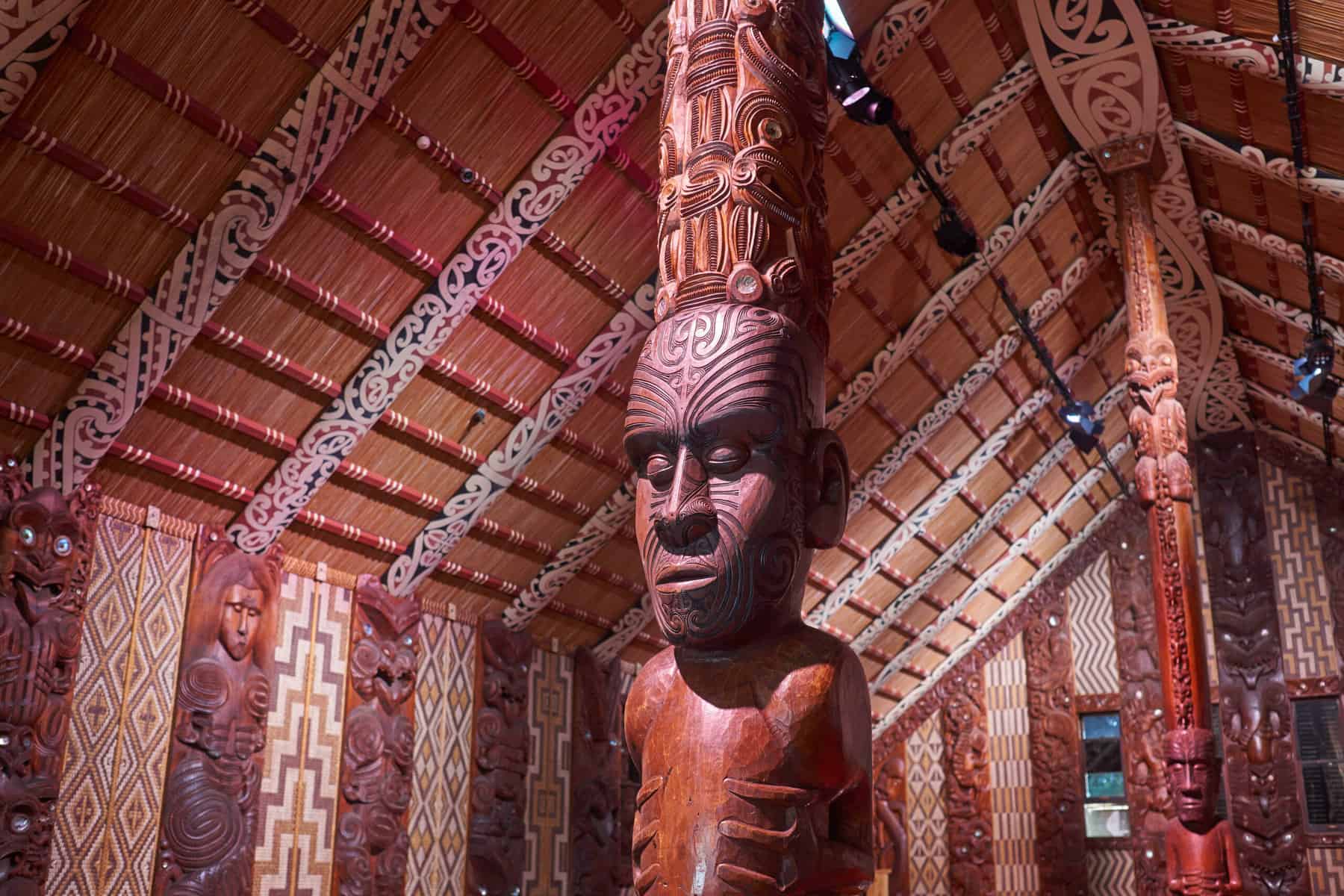Our Pou/Supporting Architecture

Our Pou are investments that spanned across research programmes because they aimd to add value to everything we were doing. They involved groups of passionate researchers who identified gaps in the system that wouldn’t be filled by a traditional research programme model, but were vital to the success of the mahi (work).
Science Excellence and Impact
BioHeritage made an early commitment to co-design research with our Treaty and industry partners, endusers and communities, to maximise the impact and uptake of research outcomes. Co-design was challenging to execute and in this Pou we worked to document, publish and share the learnings gained from our approach to mission-led science. It is important to document and share the advantages, challenges and unintended consequences of our values-led approach, to allow the broader scientific community and funders of science to learn from our experiences.
Within the Science Excellence and Impact Pou, a research team was tasked with quantifying the effect of BioHeritage's approach on traditional science metrics, such as publications, and identify other (new) metrics that may better describe science excellence and impact. Te Aho Mātauranga, the Māori leadership rōpu, also worked to define and share measures of excellence and impact that are more meaningful and relevant to Māori researchers and communities.
Finally, we worked to collate and share the many diverse impacts our research had on biodiversity and society in Aotearoa.
Pou Lead:
Maureen O'Callaghan (AgResearch)
Te Aho Mātauranga
Māori have strong connections to Aotearoa New Zealand's environment, with valuable inter-generational views and belief systems that can underpin decision-making, governance and stewardship.
BioHeritage work had been led by Te Tiriti o Waitangi for some time, which placed us in a strong position to step up to a new level of commitment and respectful partnership at all levels of the Challenge. By forming Te Aho Mātauranga, our Māori leadership rōpu (group), we accelerated our work in this space aspiring to demonstrate leadership in the wider Aotearoa innovation system.
Pou Lead:
Erina Watene (Waikato-Tainui, Ngāti Maniapoto, Ngāi Te Rangi; independent researcher)
Shaun Ogilvie (Te Arawa (Ngāti Whakahemo) and Ngāti Awa (Ngāti Pukeko); University of Canterbury)
Crazy & Ambitious Think Tank
The BioHeritage National Science Challenge was funded for 10 years, but reversing the decline of our biological heritage will take much, much longer than this. The goal of the Crazy & Ambitious Think Tank was to stimulate new ideas, approaches or syntheses needed to improve our biological heritage over the longer-term.
This ‘horizon’ work complements the shorter-term research conducted within our main programmes by re-envisioning a more informed national approach to research. It aimed to provide a comprehensive perspective that surpassed the fragmented efforts of the various national strategies and operational efforts.
Their activities also provided a way of integrating work streams on biodiversity and biosecurity, as well as the support needed by early career and Māori thinkers.
Pou Lead:
Aroha Mead (Ngāti Awa, Ngāti Porou, Ngāti Tūwharetoa, Tuhourangi, Ngāi Tūhoe; independent researcher)
Jason Tylianakis (University of Canterbury)
Ngā Pī Ka Rere
The future of our science system, and our country, depends on those who come after us. That’s why BioHeritage invested in the next generation.
Ngā Pī Ka Rere early careers network was established in 2019 to ensure our early career professionals had all the support they needed to flourish in their chosen careers. The group intentionally didn’t use the common term ‘early career researchers’ to recognise diverse career pathways within the science system. They wanted to enable those starting, or restarting, their careers to not feel restricted to traditional research pathways.
Pou Leads:
Aisling Rayne (Cawthron Institute)
Symon Palmer (Ngāi Te Rangi; Te Herenga Waka – University of Wellington)
Helen Warburton (University of Canterbury)
Te Whakahononga
Nested within Ngā Rākau Taketake, Te Whakahononga coordinated a multi-disciplinary response that connected people with mātauranga Māori skills and unique localised knowledge to other NRT scientists across 11 areas impacted by kauri dieback and/or myrtle tust. With 11 different mana whenua groups involved, this was an unprecedented level of community/hapū participation for BioHeritage.
Leading Māori social scientist, Karen Fisher, of Waikato‐Tainui (Ngāti Mahuta) and Ngāti Maniapoto (Ngāti Paretekawa) descent, based at the University of Auckland, assisted in recording, synthesising and sharing knowledge from this ground-breaking approach.
The Te Whakahononga approach recognised that mana whenua kaitiaki and tohunga are best placed to co-design and co-develop their next steps towards controlling the threat presented by kauri dieback and myrtle rust, and returning vitality to ngahere and crops.
Pou Leads:
Waitangi Wood (Ngatirua, Ngāti Awa, Ngāti Kahu, Ngāpuhi Nui Tonu; independent contractor)
Juliane Chetham (Patuharakeke, Ngātiwai, Ngāpuhi; Chetham Consulting Ltd.)
Dave Milner (Ngāti Wai, Ngāti Whatua, Ngāpuhi, Ngāti Porou; Kāhu Environmental Ltd.)
Alby Marsh (Ngāti Ranginui, Ngai Te Rangi, Ngā Puhi, Ngāti Hine, Te Rarawa; Plant & Food Research)
Nick Waipara (Rongawhakaata, Ngāti Ruapani; Plant and Food Research)